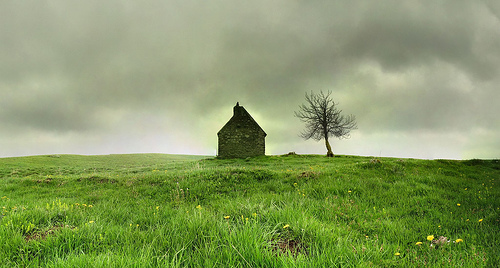
Credit: Panoramas
Yes!
Peaty-ness, or more accurately smokiness (the smoke comes from the burning of peat as a fuel source to heat to dry the barley), is measured in parts per million (ppm) of phenols in the barley before it’s been milled.
What are phenols? It’s a class of chemicals, one of which is Phenol itself, that contribute the medicinal and peatyness.
It’s actually five phenols:
- Phenol
- Cresol
- 2-Ethylphenol
- Xylenol
- Guaiacol
These chemicals are naturally occurring in peat.
Not being a scientist, I can’t say what contributes to what and to what extent but most people think cresol contributes the most. We think it’s medicinal because it’s used in disinfectants (it’s used to dissolve other chemicals), but those are the chemical compounds you’ll find in whisky (that is attributed to the peat).
Non-peated barley might have phenols of around half to 3 ppm. On the other end, Ardbeg will see around 50 ppm. Another familiar name is Laphroaig which starts at 40 ppm but ends up around 25 ppm. It’s estimated that 30-50% of the phenols make it into the final new make whisky.
If you want to find out more, this PDF does a great job explaining the whole process.

Ardbeg
is the smokiest that I have tried.
Oh you said peatyness. Why yes that is the good stuff to dry with.
God bless us till the end with a new scotch, to discuss and always make friends challenging the current top of scotch. as for me I will take a bottle of Corryvreckan
– a dram or two to great the man or what ever digs me up.